According to fan theories and comments from the members themselves, Paul McCartney was the premier creative leader of The Beatles. Now, that title has seemingly entailed a lot of controversy among fans and critics. Regardless, having McCartney allegedly at the reins worked, and we don’t need to spell out how. Particularly, it worked well on The Beatles’ larger-than-life single, “Hey Jude”.
Videos by American Songwriter
Released in 1968, “Hey Jude” is a song that depicts the epic magnitude of The Beatles’ monumental career. And George Harrison once tried to alter the way we all know and love “Hey Jude”. However, it was McCartney’s song, vision, and project, so he wasn’t going to let that happen. Harrison’s idea was nuanced, but according to Paul McCartney, it wasn’t appropriate for the song, and years later, it seems the masses agree.
Paul McCartney Said “No” to George Harrison’s Guitar Riffs
In an interview on The Howard Stern Show, Paul McCartney divulged how George Harrison “Hey Jude” wanted to change the trajectory and tone of “Hey Jude.” Specifically, Harrison wanted to add guitar fills in between McCartney’s verses. Per his comments, McCartney believed the addition would be too verbose and take away from the sentimental intensity of the song. In retrospect, McCartney was seemingly correct, as it’s hard to imagine this iconic song any differently.
“The thing is, you know, it didn’t seem like a good idea, and the rule in The Beatles is if it was your song, you were allowed to call it,” McCartney told Stern. “You were the boss of the song. I tried to be as nice. I said, ‘You know, George, I really don’t hear it, I don’t think that is going to work…’ I think he was a little bit miffed.”
Concerning the creative decision, McCartney simply concluded that “it didn’t feel like the right thing to do.”
Paul McCartney’s decision was ultimately the right one. While Harrison’s addition, if accepted, would have added some musical sophistication to the tune, it also would have taken away from the pathos of the lyrics and tone. McCartney always wanted the song to be a tearful ballad, not a rock ‘n’ roll epic, and he made sure it stayed that way. Did the decision incite a bit of conflict? According to McCartney, yes. However, that is the price of making great art, and Paul McCartney knew just that.
The Beatles at the London Palladium via Getty Images

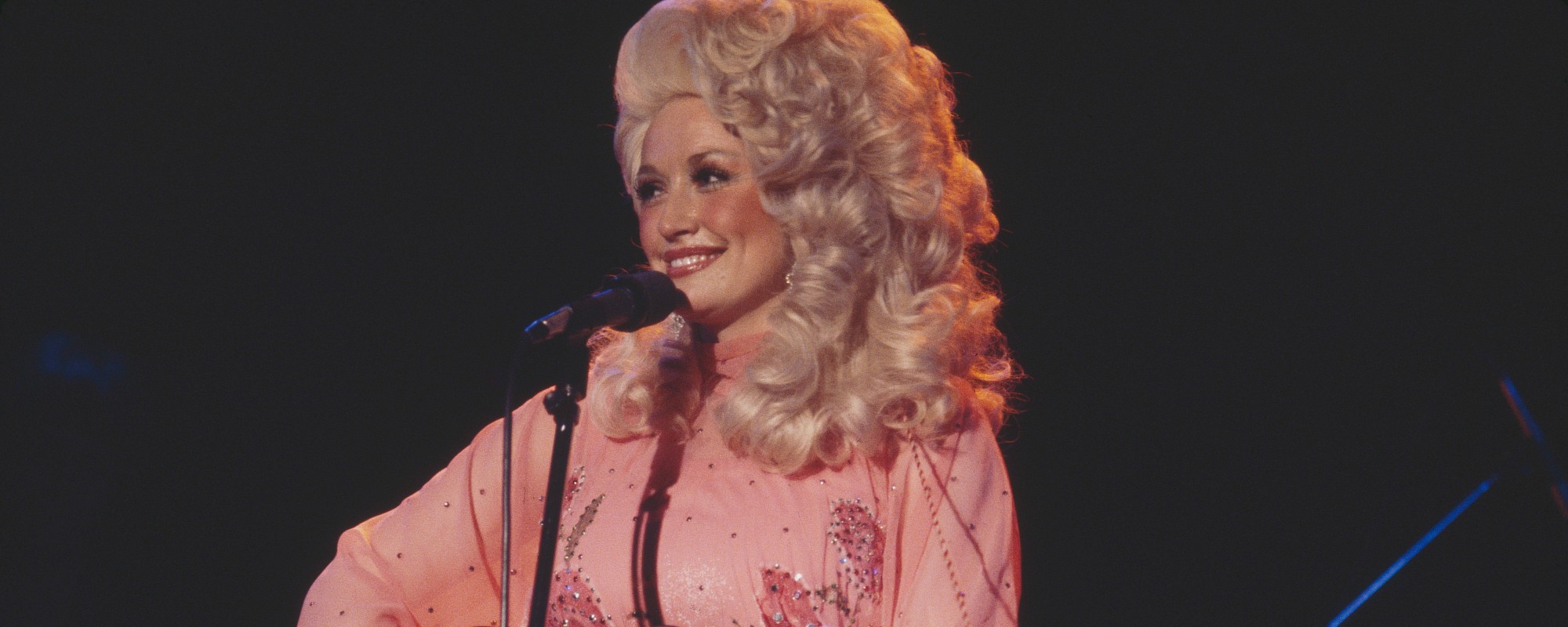
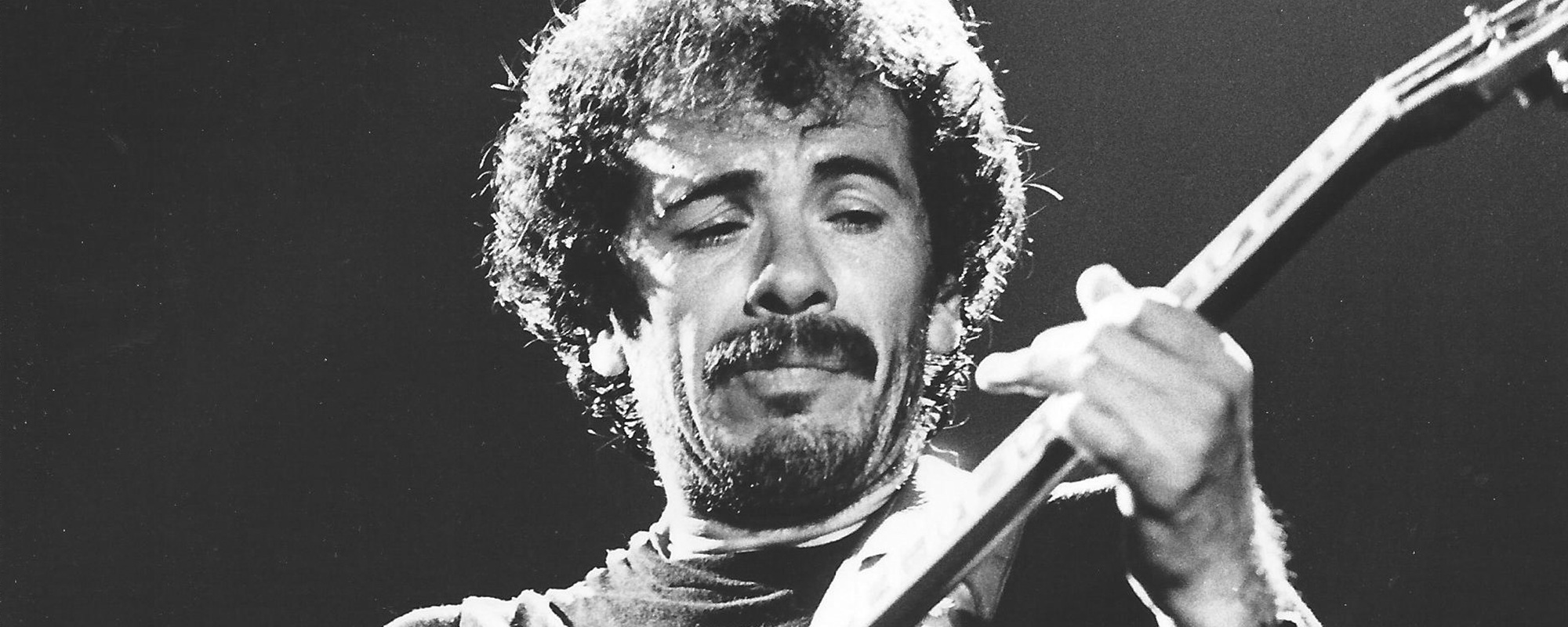

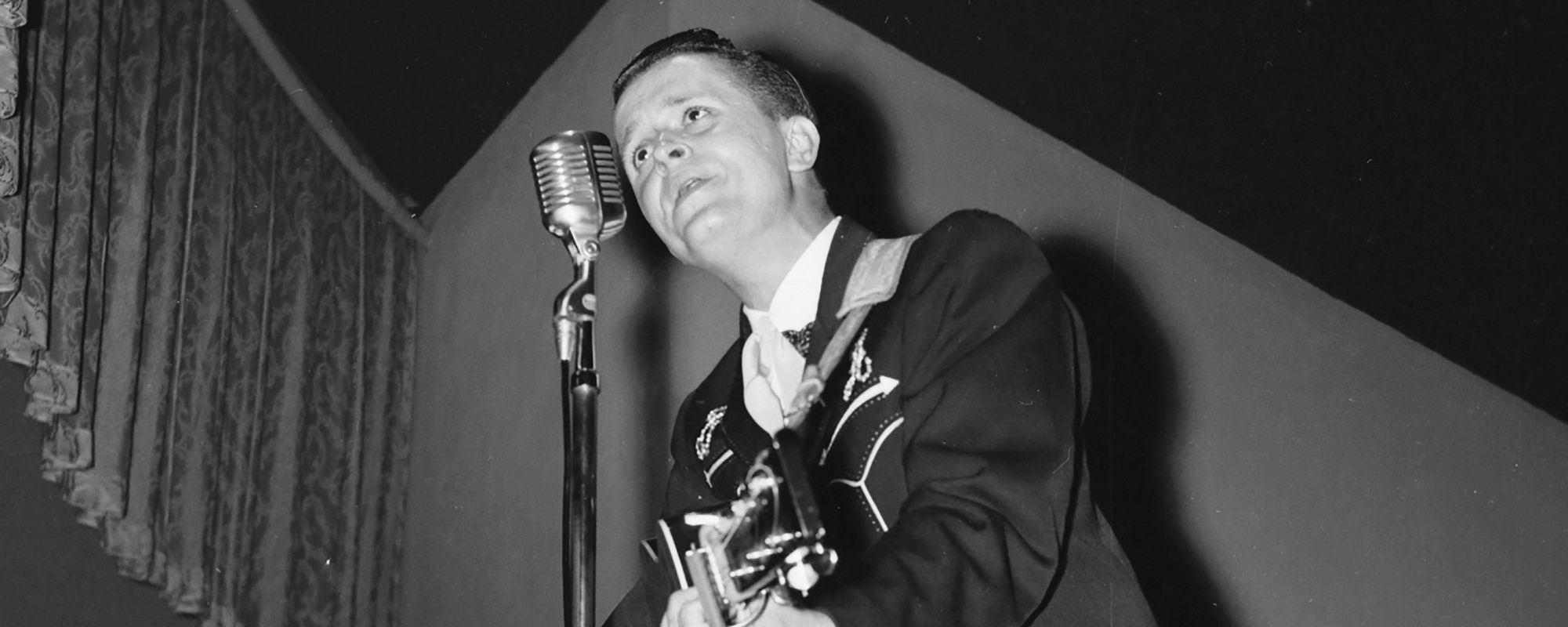
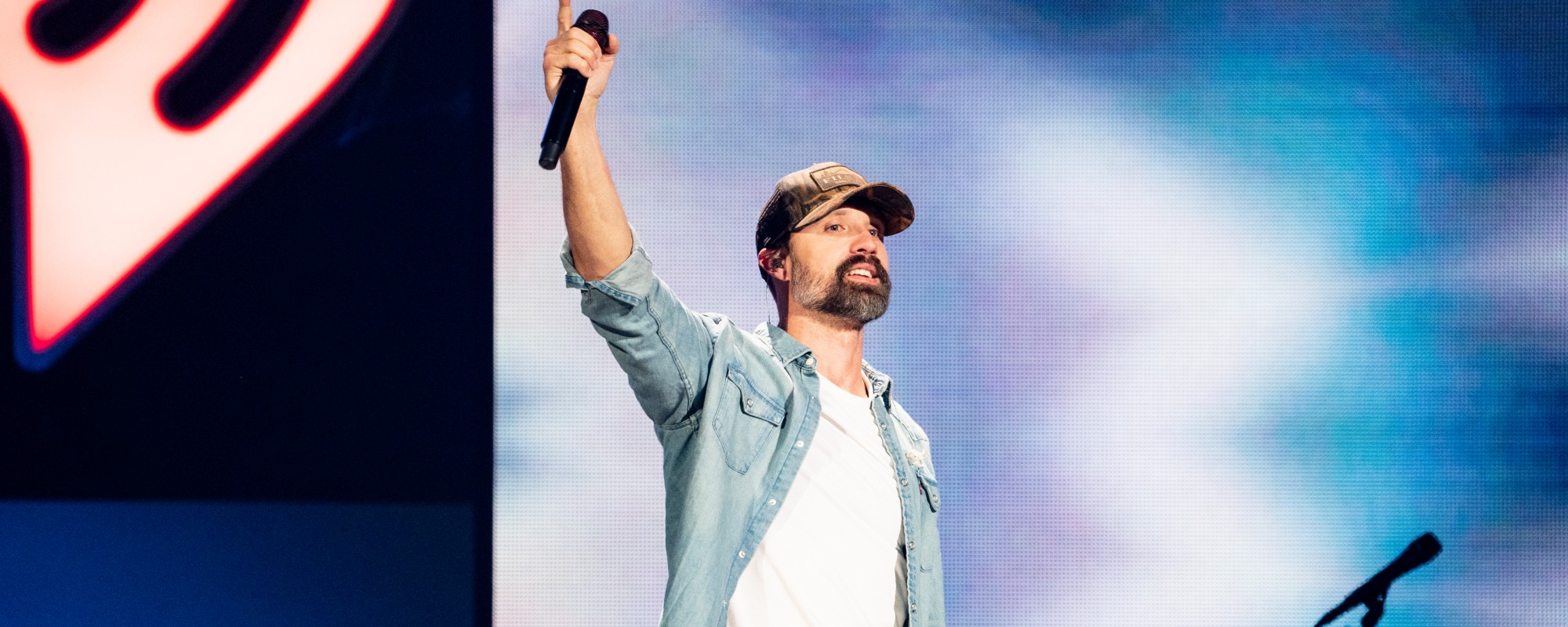

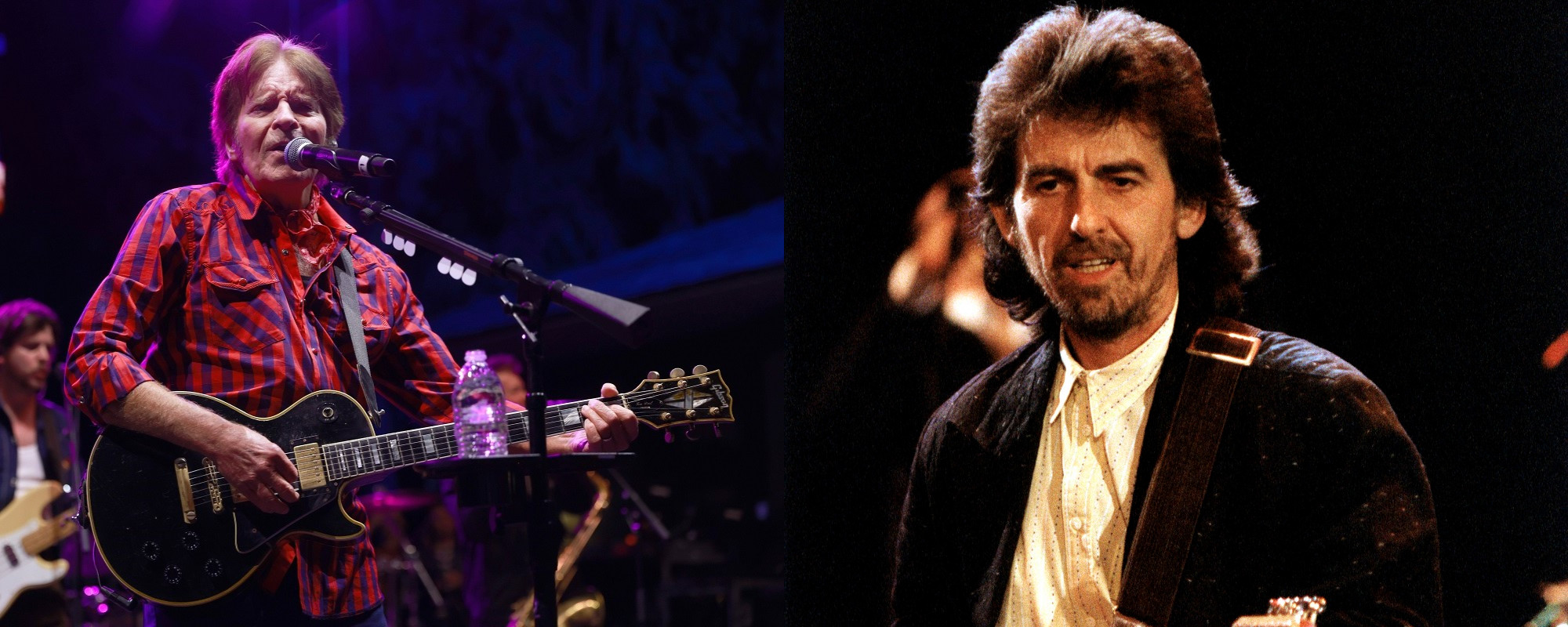

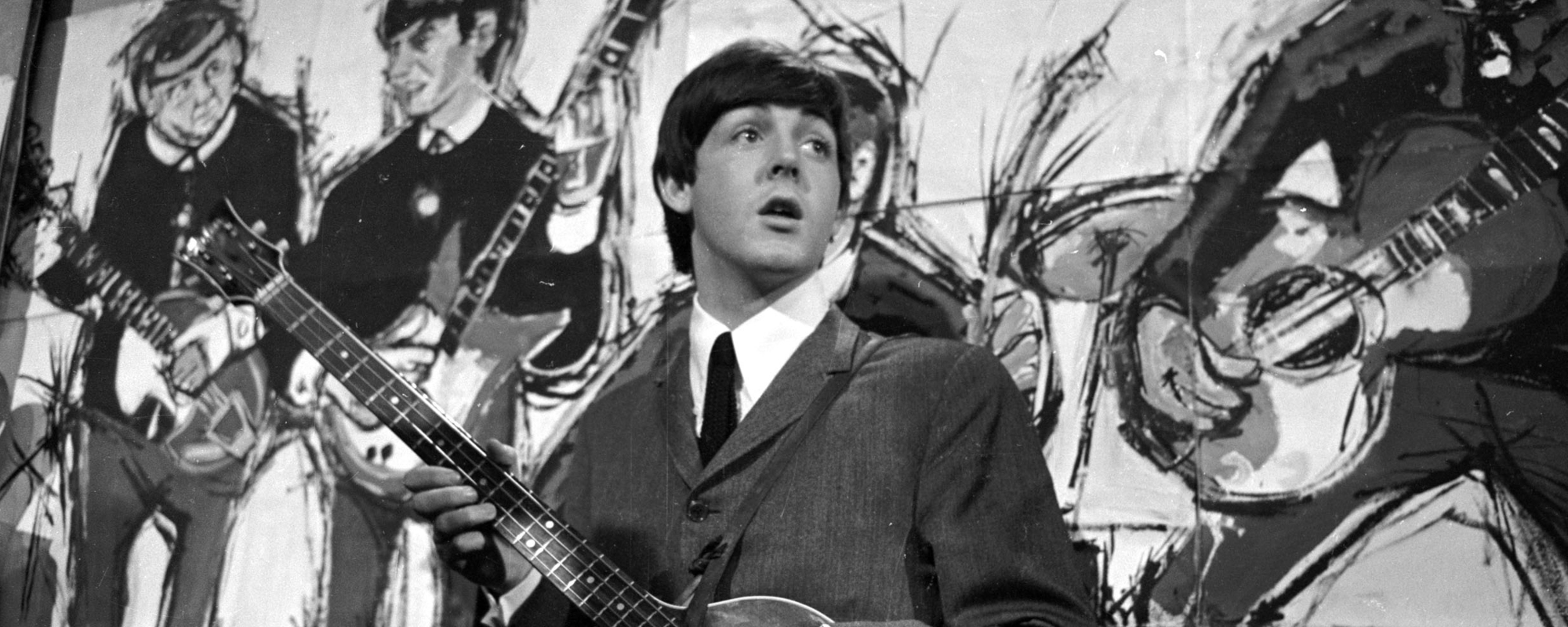
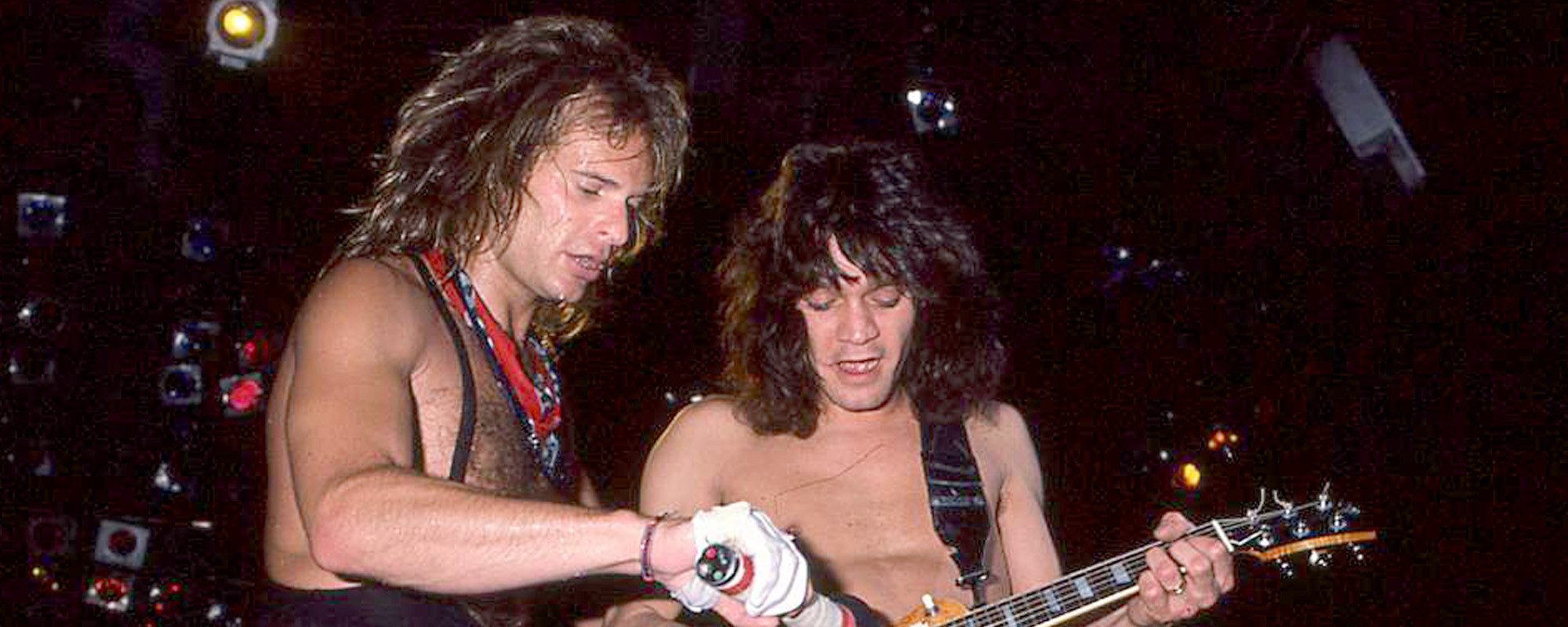
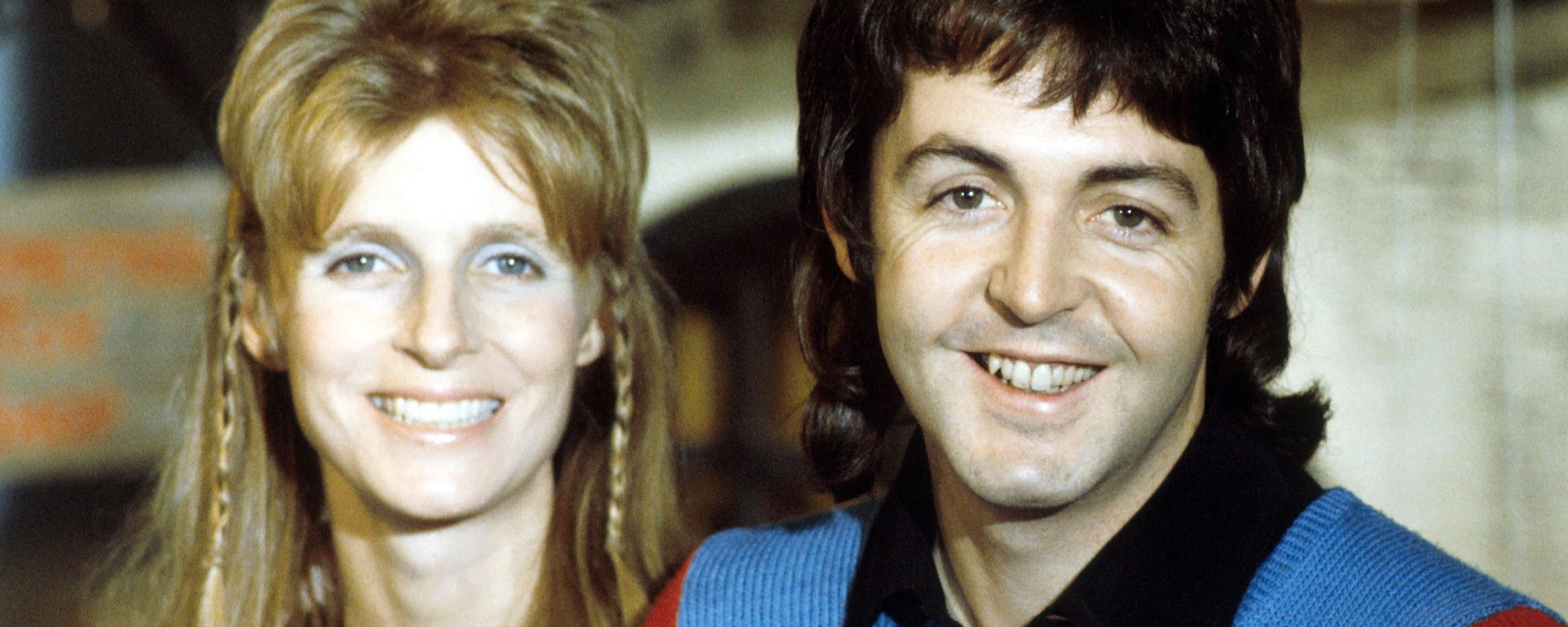

Leave a Reply
Only members can comment. Become a member. Already a member? Log in.